O.I. begins comparative testing
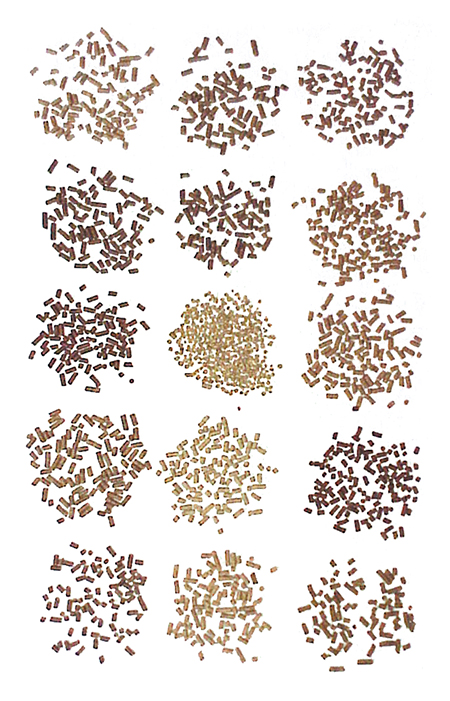
Although the nutritional and physicochemical composition of shrimp feeds plays a vital role in establishing diet quality indices for optimum animal performance, there is limited information on the quality characteristics and performance of shrimp grow-out diets manufactured in the United States. Databases on diet characteristics could be generated to provide baseline information and a reference for improving U.S. shrimp diets, and help identify priority areas for feed research.
In 2001, with support from a USDA-ARS grant, the Aquatic Feeds and Nutrition program of the Oceanic Institute (O.I.) in Hawaii, USA evaluated commercially available shrimp growout diets manufactured in the U.S. The research studied the nutrient composition, pellet water stability, leaching characteristics, and biological performance of the diets.
Sample collection
At the Oceanic Institute, samples of shrimp growout diets were collected from major U.S. feed manufacturers and suppliers. Out of seven companies contacted, only four responded, with a total of 15 diets received for evaluation. The diets had a pellet diameter of 2.4 mm, protein content ranging 27 to 56 percent, and fat content of 6 to 12 percent on a dry matter basis.
Pellet analysis
Together with two control feeds (an O.I. experimental diet and Japanese commercial shrimp diet), the U.S. diets were analyzed for proximate composition, pellet water stability, and pellet leaching. Diet proximate composition was determined using O.I. standard laboratory procedures. Pellet water stability and leaching were determined by immersing 2 grams of samples for two hours in saltwater at 25 degrees-C temperature with no pellet agitation and water movement.
Growth trial
A four-week growth trial was conducted to evaluate the biological performance of the diets. Shrimp of about 1.38 grams were stocked in 52-liter rectangular glass aquaria using three aquaria per dietary treatment. Initial stocking density was 12 shrimp per aquarium (50 shrimp per square meter). A seawater flow-through system with 100 percent hourly water exchange and an aeration rate of three liters of air per minute was maintained throughout the trial.
All treatments were fed with a fixed ration by automatic feeders eight times daily. Shrimp were weighed at the start and end of the growth trial and evaluated for survival, final body weight, body weight increase and feed-conversion ratio (FCR).
Results
Of the 15 diets tested, the best-performing diet from each U.S. feed company (identified as companies A, B, C and D to protect anonymity) was selected and compared with the Japanese control diet. Although very expensive (about U.S. $3.00 per kg), this control diet was used because previous growth trials at O.I. found it the best-performing commercial shrimp grow-out diet with good attractability and water stability.
Physicochemical characteristics
The best U.S. diets had much lower protein contents, higher fat contents, and lower ash contents than the Japanese control diet (Table 1). The percentages of dry matter, protein, fat and ash remaining after two hours of leaching in saltwater are presented in Table 2.
Obaldo, Proximate composition (dry matter basis) of best-performing diets, Table 1
| Diet | Protein (%) | Fat (%) | Ash (%) | Dry Matter (%) |
|---|
Diet | Protein (%) | Fat (%) | Ash (%) | Dry Matter (%) |
|---|---|---|---|---|
| Company A | 46.0 | 11.4 | 11.7 | 91.6 |
| Company B | 42.4 | 7.5 | 10.0 | 92.0 |
| Company C | 47.1 | 10.7 | 10.4 | 91.1 |
| Company D | 44.9 | 9.2 | 9.1 | 92.2 |
| Control (O.I. 40) | 42.4 | 10.7 | 6.1 | 91.6 |
| Control (Japan) | 66.2 | 6.9 | 16.0 | 91.9 |
Obaldo, Composition of best-performing U.S. diets, Table 2
| Diet | Remaining Protein (%) | Remaining Fat (%) | Remaining Ash (%) | Remaining Dry Matter (%) |
|---|
Diet | Remaining Protein (%) | Remaining Fat (%) | Remaining Ash (%) | Remaining Dry Matter (%) |
|---|---|---|---|---|
| Company A | 92 | 92 | 74 | 93 |
| Company B | 93 | 80 | 92 | 91 |
| Company C | 87 | 81 | 88 | 88 |
| Company D | 89 | 92 | 91 | 90 |
| Control (O.I. 40) | 80 | 78 | 88 | 86 |
| Control (Japan) | 92 | 57 | 72 | 89 |
The data showed little variation in the results for percent protein and percent dry matter remaining, but indicated a significant difference on percent fat remaining after leaching. The Japanese control diet had 57 percent percent fat remaining, as compared to 80 to 92 percent for the U.S. shrimp diets.
Growth performance
In general, the results indicated the best shrimp grow-out diets produced in the U.S. had very good survival but relatively lower growth and higher FCR than the Japanese commercial control diet (Table 3). Although these differences (survival, growth, FCR) were not statistically significant, it is important to note that the samples tested in the study were diets available at the time of request, and did not necessarily represent the best diets produced by each U.S. feed company.
Obaldo, Biological performance of best-performing U.S. diets, Table 3
| Diet | Weight (g) | Growth (g/week) | FCR | Survival (%) |
|---|
Diet | Weight (g) | Growth (g/week) | FCR | Survival (%) |
|---|---|---|---|---|
| Company A | 3.35 | 0.49 | 1.63 | 100 |
| Company B | 3.33 | 0.49 | 1.65 | 100 |
| Company C | 3.45 | 0.52 | 1.56 | 100 |
| Company D | 3.09 | 0.42 | 1.95 | 100 |
| Control (O.I. 40) | 3.20 | 0.46 | 1.81 | 100 |
| Control (Japan) | 3.68 | 0.57 | 1.49 | 94 |
The best U.S. diets had lower protein contents, higher fat contents and lower ash contents than the Japanese control diet.
In addition, due to limited sample quantity, the comparison was based on a short indoor growth trial with no additional food from natural productivity such as that found in zero-exchange systems. Evaluation of the diets in a zero water-exchange system could yield different growth results.
Conclusion
Without knowledge of the ingredients and processing used in making the feeds, it is difficult to establish a consistent relationship between diet nutritional quality and shrimp biological performance. However, there is a need to continue the formulation and development of improved diets to address the requirements of evolving production systems.
Further work is recommended to evaluate and compare the performance of U.S. shrimp grow-out diets in zero-exchange systems. The information generated provides a reference for future research on shrimp feed development.
(Editor’s Note: This article was originally published in the December 2002 print edition of the Global Aquaculture Advocate.)
Now that you've reached the end of the article ...
… please consider supporting GSA’s mission to advance responsible seafood practices through education, advocacy and third-party assurances. The Advocate aims to document the evolution of responsible seafood practices and share the expansive knowledge of our vast network of contributors.
By becoming a Global Seafood Alliance member, you’re ensuring that all of the pre-competitive work we do through member benefits, resources and events can continue. Individual membership costs just $50 a year.
Not a GSA member? Join us.
Author
-
Leonard G. Obaldo, Ph.D.
Oceanic Institute
41-202 Kalanianaole Highway
Waimanalo, Hawaii 96795 USA
Tagged With
Related Posts
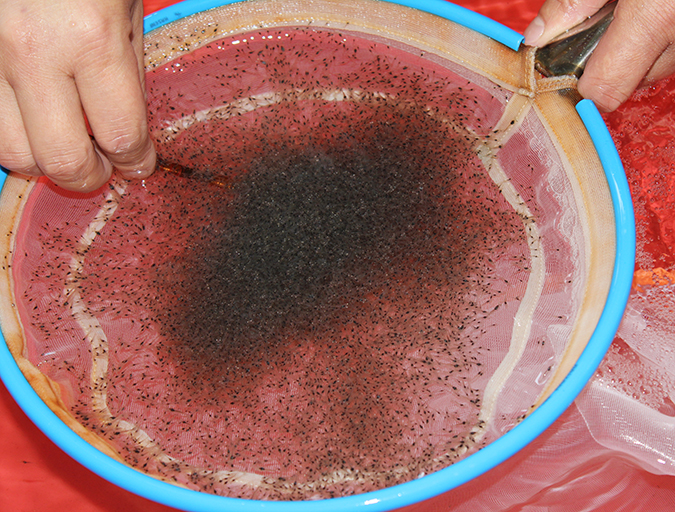
Health & Welfare
Acclimating shrimp postlarvae before pond stocking
Shrimp postlarvae acclimation before stocking into the various growout systems (ponds, raceways, tanks) is a critical – and often overlooked, sometimes taken for granted – step in the shrimp culture process. Various water quality parameters should be changed slowly so that the young shrimp have the time to gradually adapt to the new conditions.
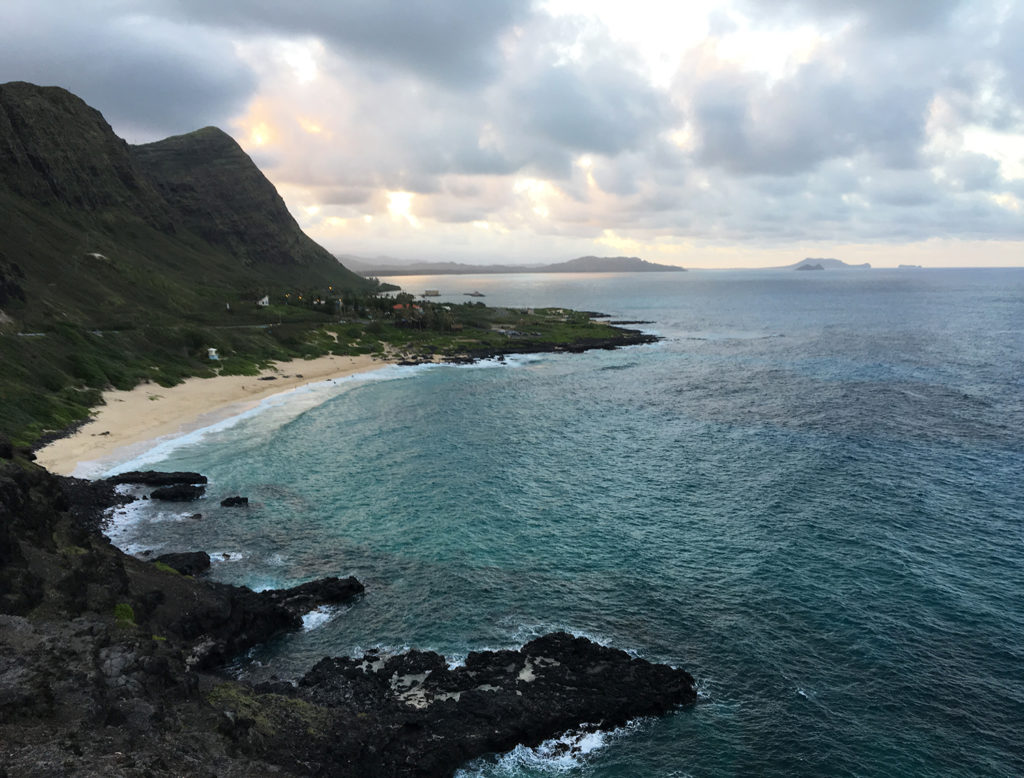
Health & Welfare
Born in Hawaii, SPF broodstock shrimp industry faces globalization
The next step for shrimp breeding will be developing animals that aren’t just disease-free, but increasingly resistant to multiple pathogens. The industry is globalizing, with suppliers setting up shop overseas. But its birthplace will always be Hawaii.
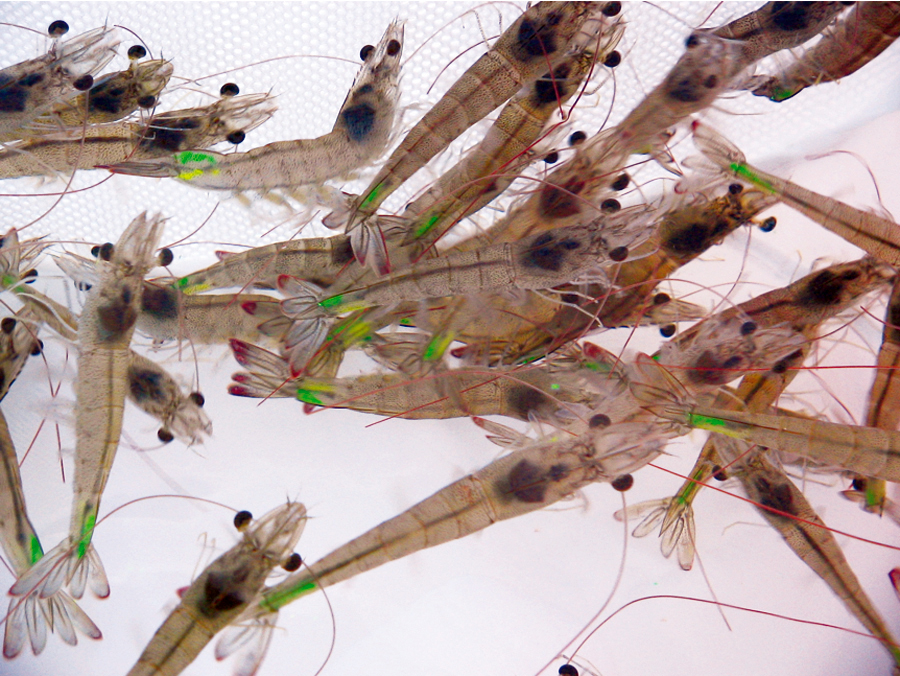
Health & Welfare
History of shrimp farming
The Shrimp Book, published in 2010, brings together experts from around the world to fill the critical need for a central reference source on the state of shrimp production practices.
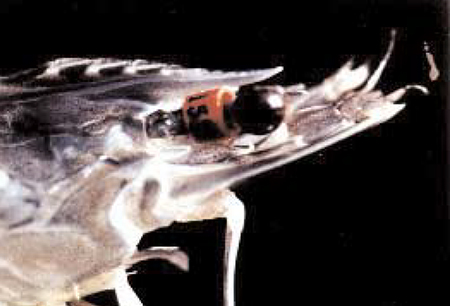
Health & Welfare
Genetic improvement of the Pacific white shrimp at The Oceanic Institute
Critical to the success of genetic improvement and the breeding program at OI is the use of specific pathogen free (SPF) shrimp stocks.


